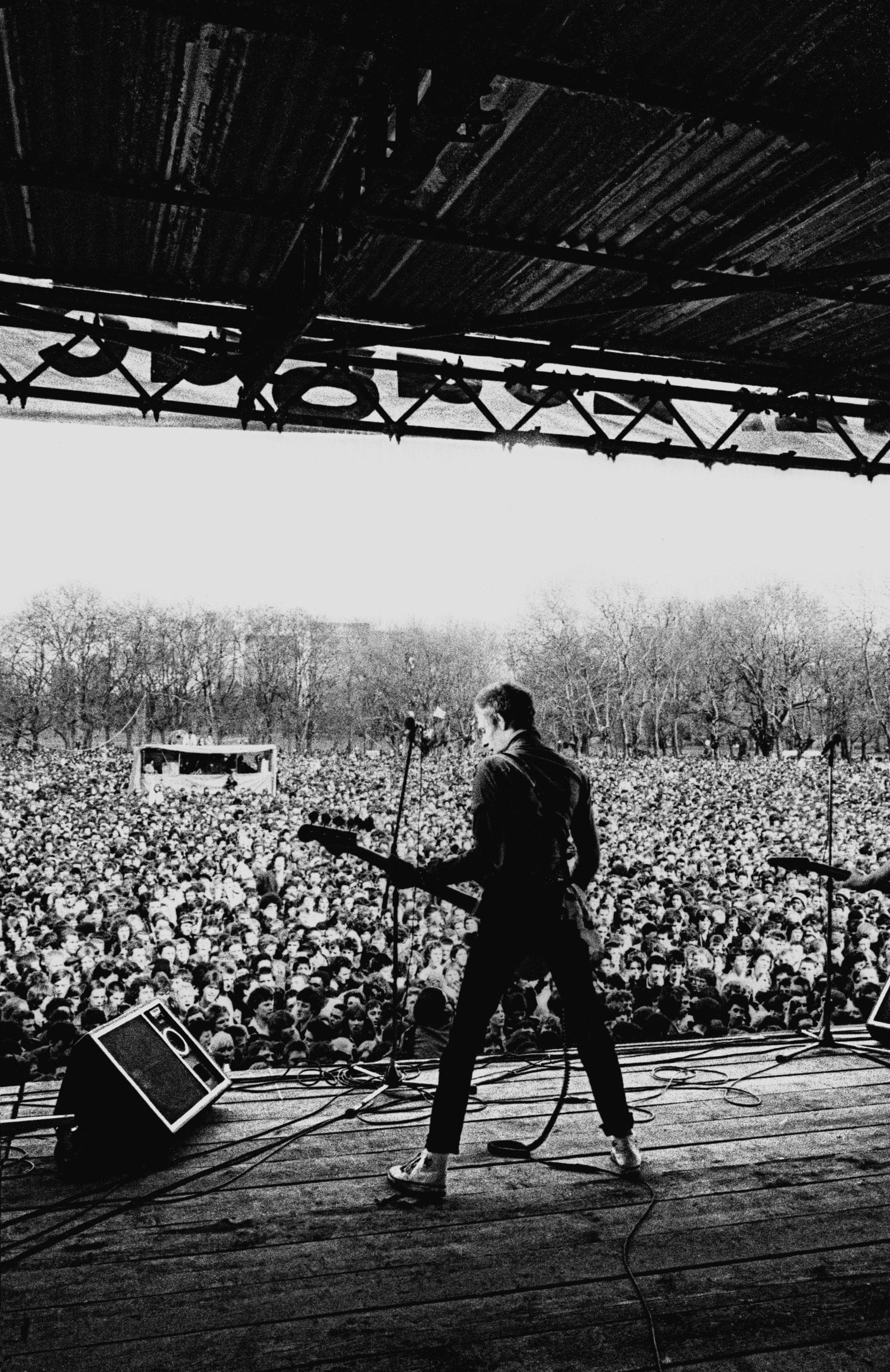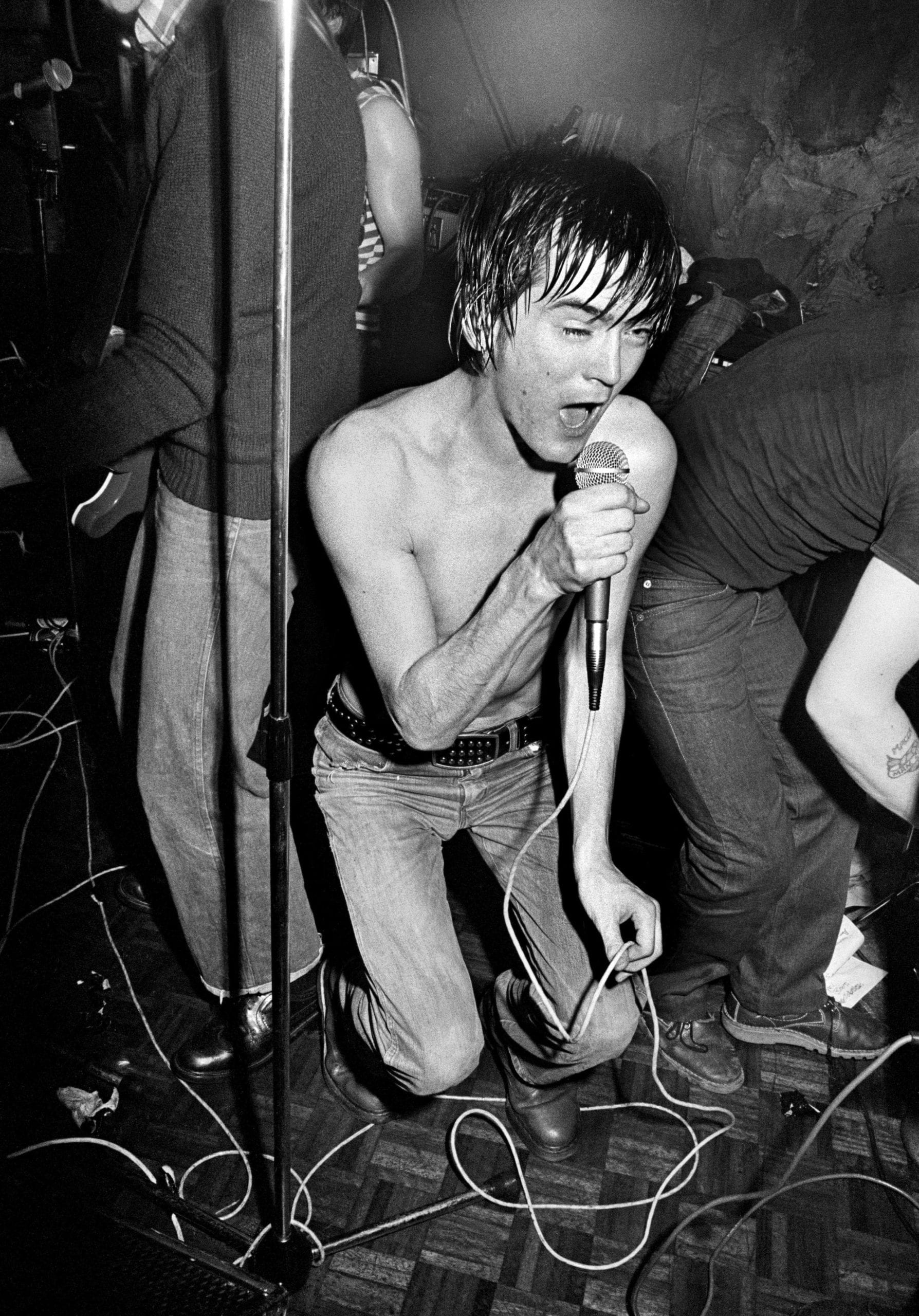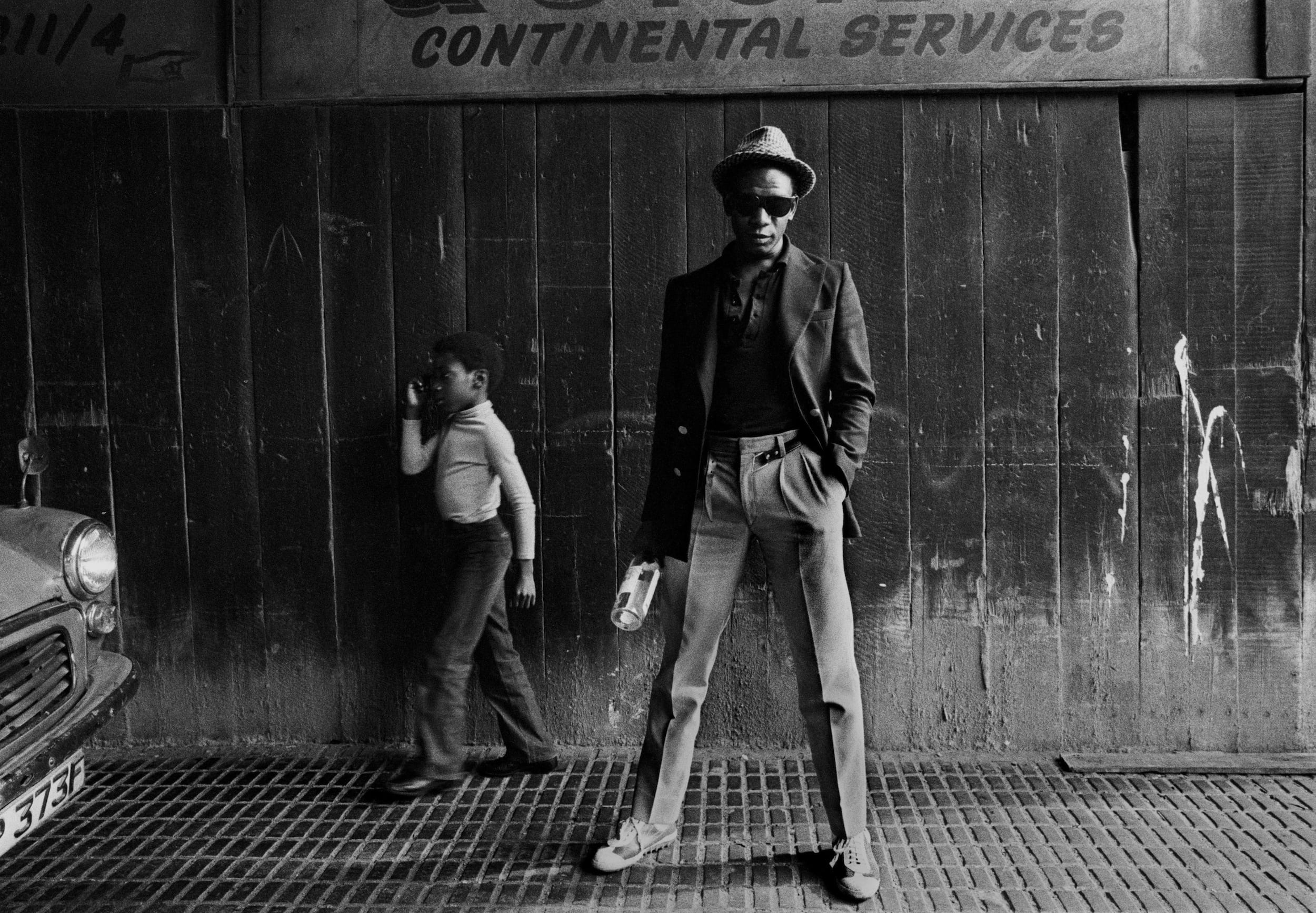Rock Against Racism (RAR) was a meeting of musicians and artists and political activists. Working together, they promoted racial harmony and understanding in the fraught political environment of the late 70s – a time of major social and economic instability.
But it also acted as a counterweight to the insurgent rise of white nationalist groups such as the National Front – a party which, in the 1979 election, fielded 303 candidates, polling 191,719 votes nationally.
Anti-immigrant graffiti regularly adorned the walls of housing estates and demonstrations (such as the infamous ‘Battle of Lewisham’) could easily descend into rioting – sending terrifying shockwaves throughout non-white communities.
This, alongside the infamous ‘No Irish, No Blacks, No Dogs’ signs that adorned many pub entrances well into the 70s seemed to typify a widespread acceptance of racist ideology in the UK.

Additionally, RAR sought to distance itself from the impression of white entitlement synonymous with certain figures of the musical elite – rock stars like Eric Clapton, who had made a declaration of support for the far-Right Conservative MP Enoch Powell, during a Birmingham concert in 1976. The blues guitarist is quoted as drunkenly saying: “I think Enoch’s right […] we should send them all back. Throw the wogs out! Keep Britain white.”
Shelton photographed performers such as Elvis Costello, Misty in Roots, Matumbi, Au Pairs and The Specials as well as audiences at RAR gigs and carnivals across England, with the movement’s zenith coming in Spring 1978, when 100,000 people marched six miles from Trafalgar Square to Victoria Park, East London, for the RAR Carnival 1.

The concert featured punk rockers The Clash, The Ruts, Buzzcocks & X-Ray Spex alongside Steel Pulse, Sham 69 and the Tom Robinson Band. Reggae group, Misty In Roots led the march from the back of a lorry.
Similar events were staged in Brockwell Park, South London – featuring Stiff Little Fingers, Elvis Costello and Aswad – alongside the Northern Carnival in Manchester, where an audience of 40,000 turned out to see Buzzcocks, Graham Parker and the Rumour, and Misty in Roots.
The collection documents the volatility of a nation divided across race, class and gender – a country going through hardships such as the infamous ‘Winter of Discontent’ of 1978-79. During this time there were frequent strikes by public sector trade unions, who demanded larger pay rises following the ongoing pay caps of the James Callaghan’s Labour Party government.

The movement was a creative entanglement of black and white musicians, designers, writers, actors, performers and supporters who produced counter-narratives to whiteness as superior and blackness as alienated.
Shelton says of the period: ‘Photography for me has always been an autobiographical tool, a sort of staccato visual diary […] I also used my photography during that period as a graphic argument, enabling me to be a subjective witness of the period which could, hopefully, contribute to social change’.
RAR was reborn in 2002 as Love Music Hate Racism, with a concert at the (now-defunct) Astoria in London featuring Mick Jones, Buzzcocks, and The Libertines. For more info visit https://www.
Rock Against Racism: The Exhibition is showing at Rivington Place, London EC2A 3BA from 2 October – 5 December 2015. Admission: Free.
Rock Against Racism: The Book is published on 1 October 2015 via Autograph ABP.
Available via: https://www.autograph-abp-shop.
Price: £30 or £20 if ordered pre-publication (+p&p)
